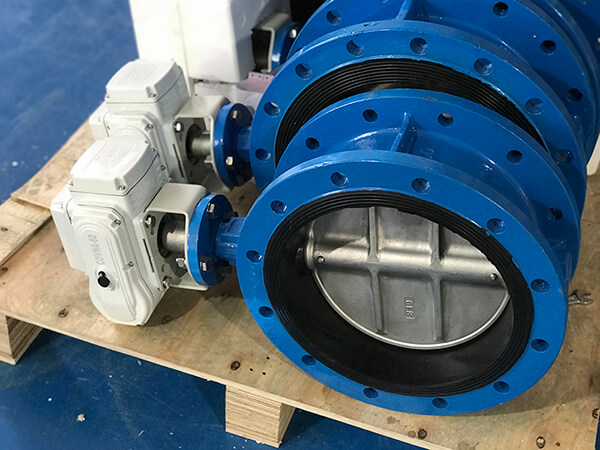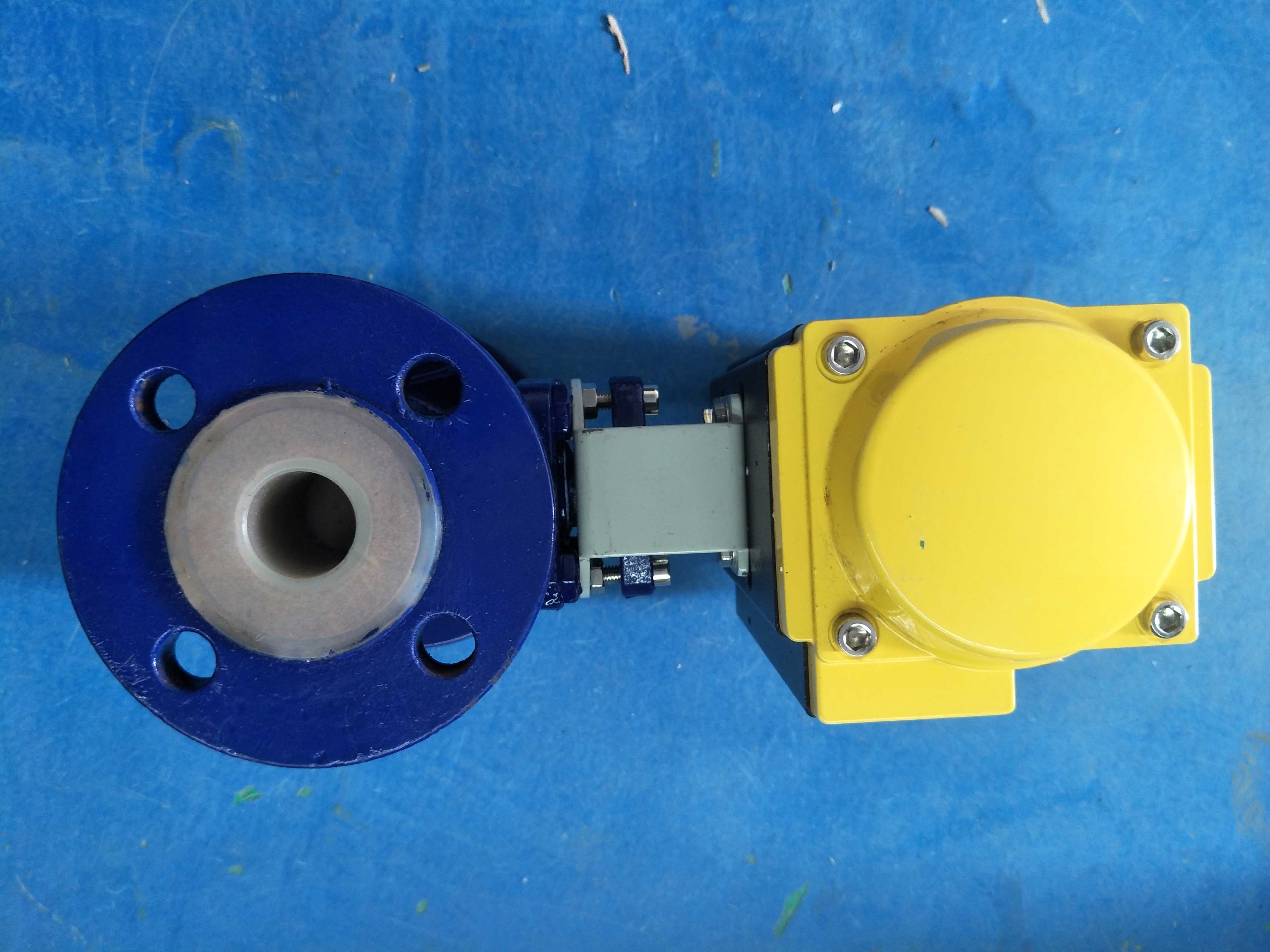The most important part of the valve seal is the sealing seat of the valve, also called the sealing ring. It is an important part of a valve sealing pair, which is in direct contact with the medium in the pipeline. The media in the pipeline include water, gas, particulate matter, acid and alkaline substances, etc. The valve seals must also use different materials to adapt to different media. So what are the precautions for choosing valve seals?
1. Tensile properties. Tensile properties are the first properties to be considered for sealing materials, including: tensile strength, tensile stress, elongation at break and permanent deformation at break.Common rubber seals are EPDM and NBR, etc.

2. Hardness. Indicates the ability of the sealing material to resist the intrusion of external force, which is also one of the basic properties of the sealing material. The hardness of the material is related to other properties to a certain extent. The higher the hardness, the greater the strength, the smaller the elongation, and the wear resistance. The better, and the worse the low temperature resistance.
3. Compression pressure. Rubber seals are usually in a compressed state, and this property is directly related to the durability of the sealing ability of the sealed article. 4. Corrosion resistant material. Oil-resistant or medium-resistant sealing material, sometimes in contact with corrosive media such as acid and alkali in the chemical industry. In addition to being corroded in these media, it also causes expansion and a reduction in strength at high temperatures.Common anti-corrosion seals are PTFE.
4. Corrosion resistant material. Oil-resistant or medium-resistant sealing material, sometimes in contact with corrosive media such as acid and alkali in the chemical industry. In addition to being corroded in these media, it also causes expansion and a reduction in strength at high temperatures.Common anti-corrosion seals are PTFE.
5. Anti-aging. Aging resistance sealing material will cause deterioration of performance after being affected by oxygen, ozone, heat, light, moisture and mechanical stress, which is called aging of sealing material.
If you are interested in the above content or want to have a further understanding of valve seals, please contact us for more consultation
Post time: Sep-21-2022




